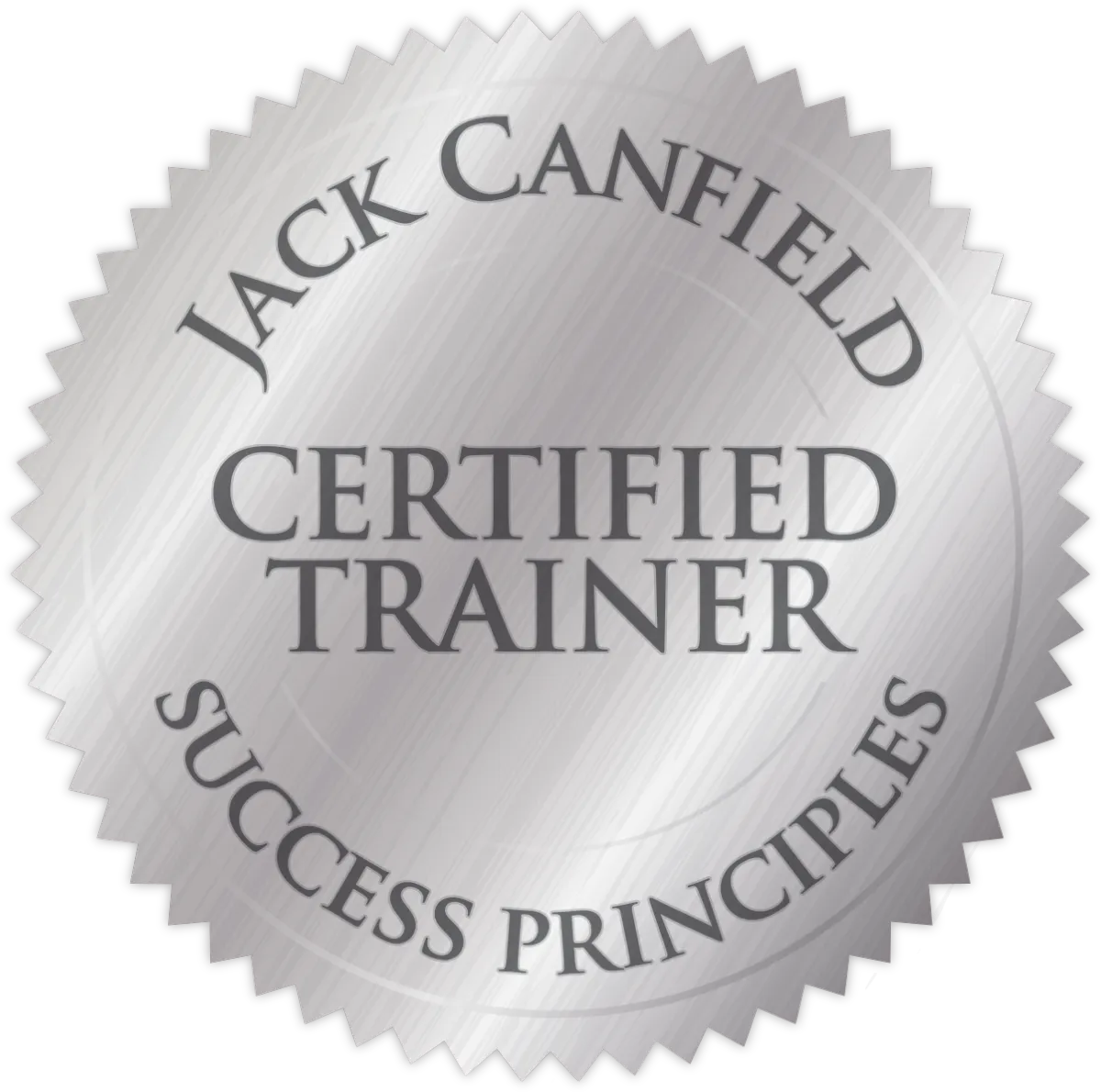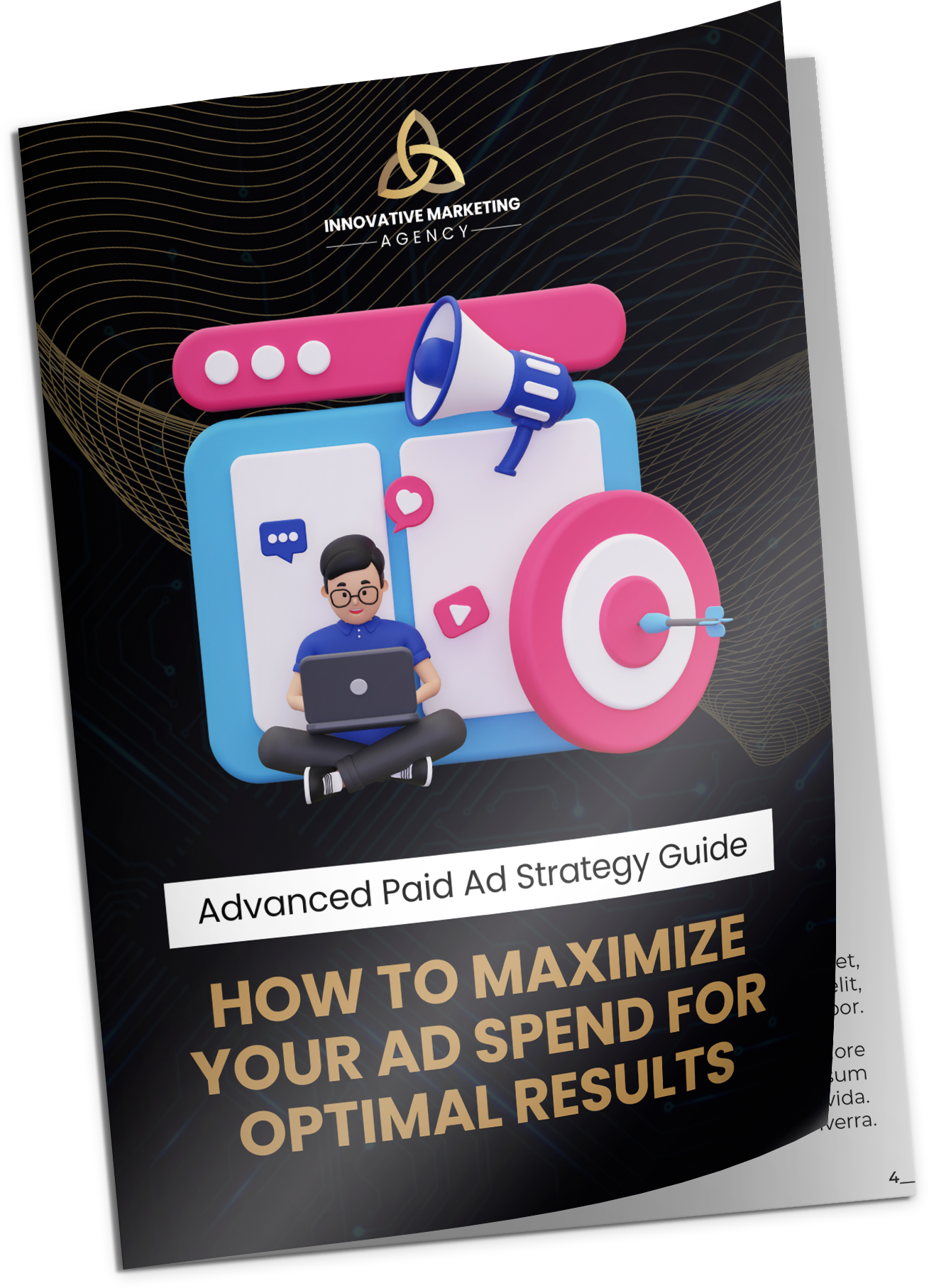Watch The Journey
BLOG
Advanced Techniques for Optimizing Paid Ad Performance
Friday, September 13, 2024
Jeremy Coates
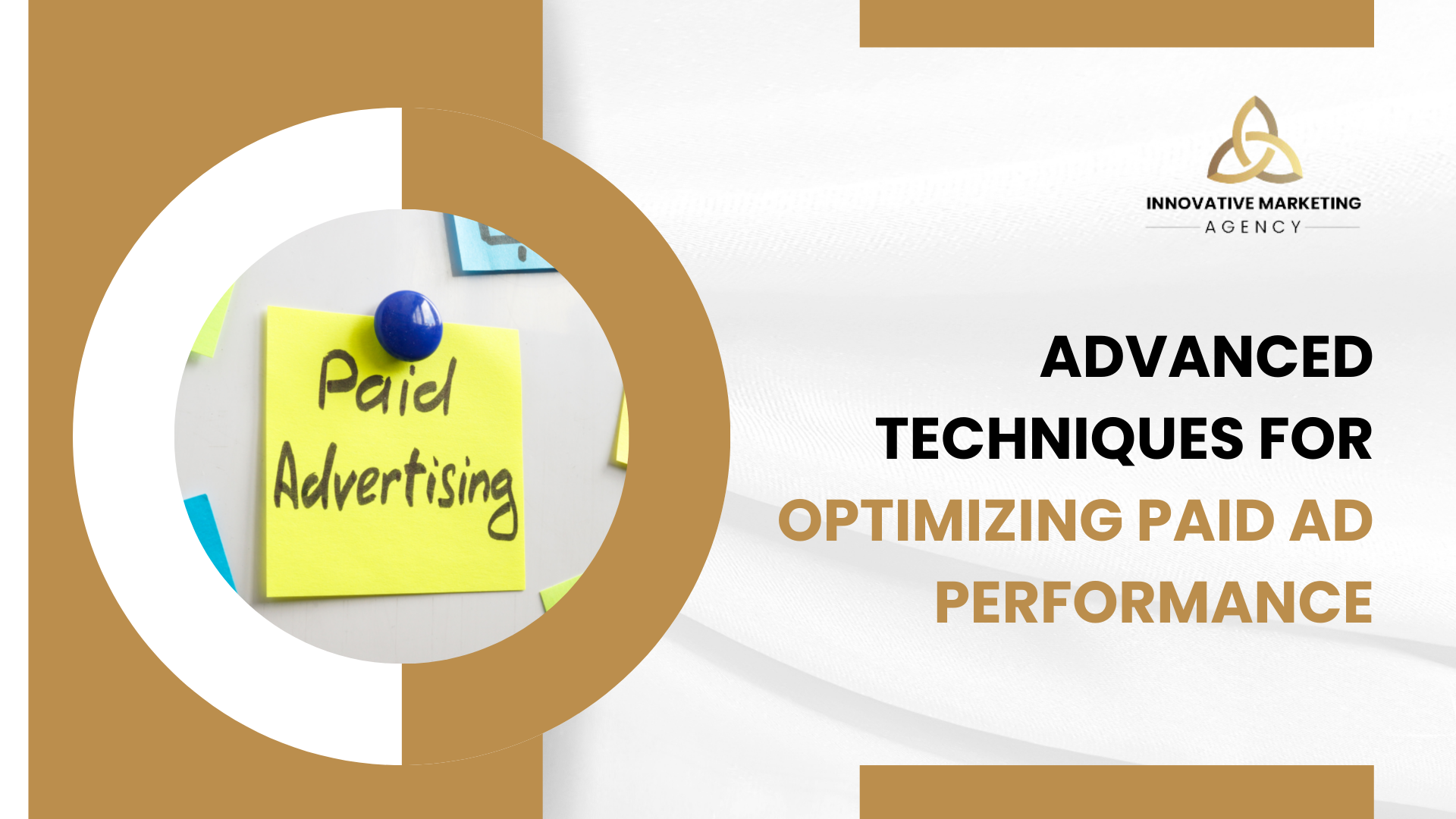
Supercharge Your Paid Ad Campaigns for Maximum Results
Running paid ads can be a fast track to growing your business, but without proper optimization, you’re likely to waste money on ineffective campaigns. This article dives deep into advanced techniques to optimize your paid ad performance, helping you achieve better results, reduce costs, and ultimately increase your ROI. Whether you’re a digital marketing veteran or just getting started, mastering these strategies will give you a competitive edge.
The Importance of Paid Ad Optimization
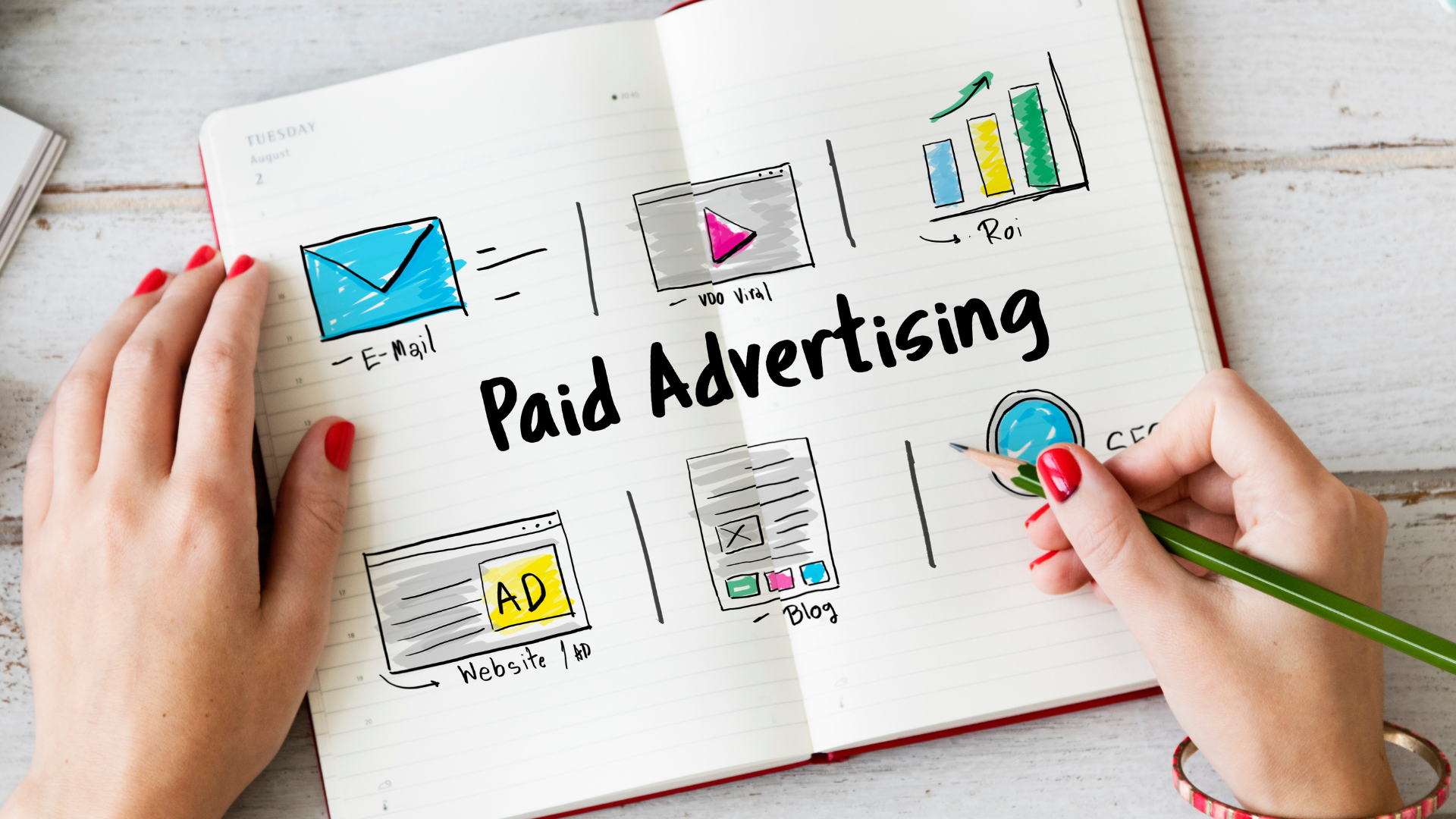
Paid ads, from Google Ads to Facebook and Instagram, offer businesses the opportunity to reach a targeted audience quickly. But here’s the catch: without optimization, you may be throwing your budget down the drain.
In fact, a well-optimized campaign can lower your cost per acquisition (CPA) by up to 25%, as seen in a case study with a SaaS company that shifted from broad to long-tail keywords(Single Grain). And according to industry experts, continuously refining your approach can double your conversion rates within six months(Optmyzr Google Ads Optimization)(Search Engine Journal).
Paid ad optimization is not a one-time fix—it’s an ongoing process. Each tweak, whether it’s adjusting your bidding strategy or refining your ad copy, helps you reach the right audience with a message that resonates.
Understanding the Core of Paid Ad Optimization
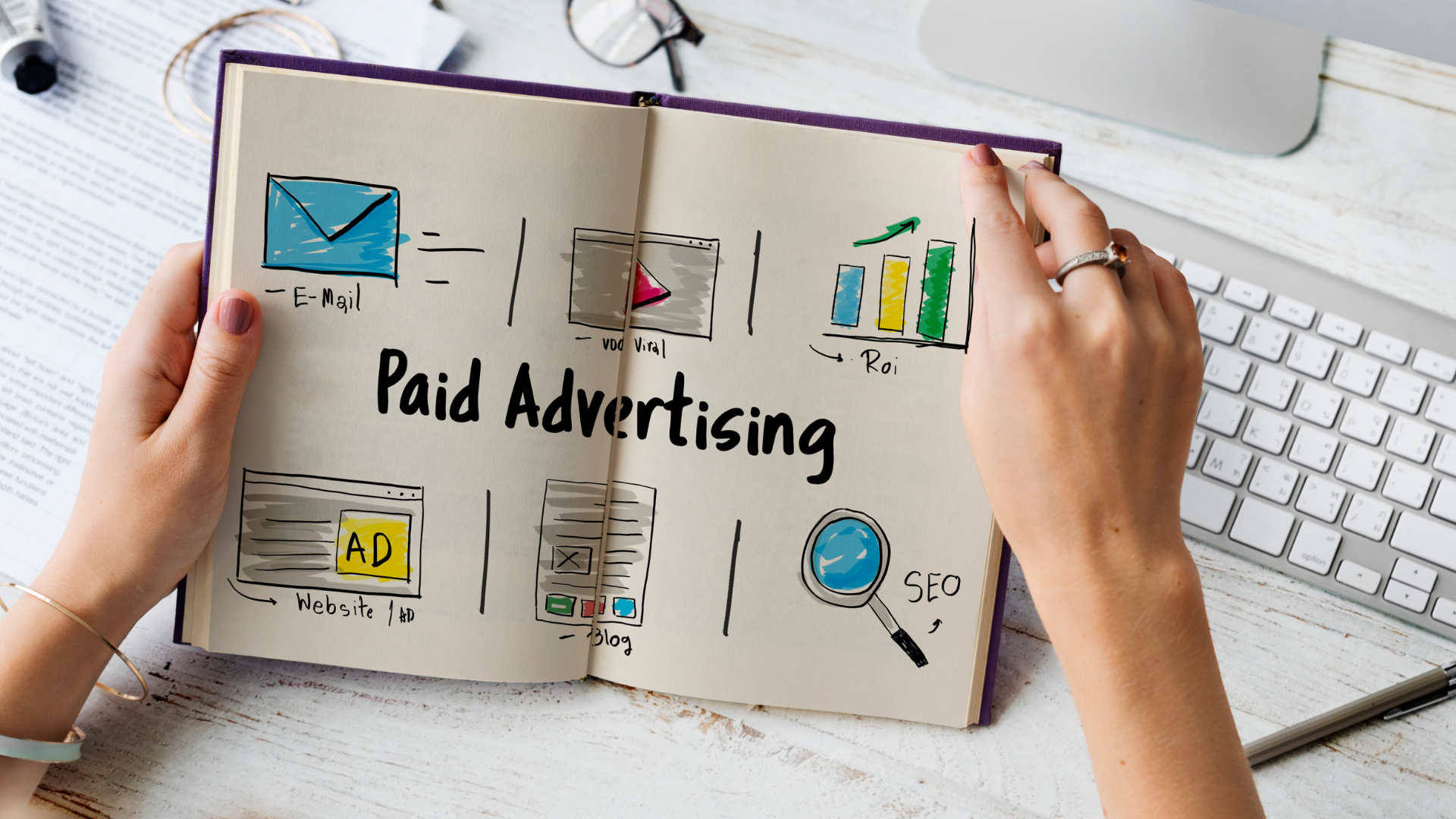
What Makes Paid Ads Work?
Paid ads operate on a pay-per-click (PPC) model, meaning you only pay when someone interacts with your ad. This sounds straightforward, but it requires a delicate balance between cost-efficiency and targeting accuracy. By optimizing your ads, you ensure that each click is from a user likely to convert, rather than a casual browser.
A vital metric in Google Ads, for example, is the Quality Score, which rates the relevance of your ad copy, keywords, and landing pages. The higher your Quality Score, the less you pay per click, and the better your ad placement(Single Grain).
Other essential concepts include:
Click-Through Rate (CTR): A high CTR indicates that your ad is compelling enough to encourage people to click. Anything below 2% is usually a sign your ad needs improvement(Optmyzr Google Ads Optimization).
Conversion Rate: This refers to the percentage of users who take the desired action (signing up, making a purchase) after clicking your ad. The industry standard hovers around 2-5%, but with proper optimization, businesses can easily achieve 8-12% conversion rates(Optmyzr Google Ads Optimization)(HawkSEM).
Step-by-Step Guide to Optimizing Paid Ads

1. Targeting the Right Audience
Effective ad campaigns begin with laser-focused targeting. You must know exactly who you’re speaking to. Many businesses make the mistake of targeting broad audiences in an attempt to reach more people. However, this approach often leads to irrelevant clicks and higher costs.
Facebook Ads, for instance, allow advertisers to target users based on demographic information, behaviors, and even previous interactions with your brand. This makes it easier to create hyper-targeted ads. Google Ads also offers granular targeting options, allowing businesses to target users based on keywords they search(Search Engine Journal) (HawkSEM).
Pro Tip: Use your existing customer data to create lookalike audiences. These are potential customers who share characteristics with your current audience, making them more likely to convert. A small online retailer increased its sales by 35% in two months by implementing a well-targeted lookalike audience campaign(Optmyzr Google Ads Optimization).
2. Crafting the Perfect Ad Copy
Your ad copy is your first (and often last) chance to grab attention. But too many businesses settle for generic, bland copy that doesn’t inspire action. The key is to write copy that is specific, compelling, and solution-oriented.
One company running Google Ads for a productivity software suite saw a 20% boost in click-through rate after tweaking its ad copy to focus on how the product solves specific pain points rather than listing features (Search Engine Journal).
A/B testing is a must when it comes to improving ad copy. You should test various headlines, descriptions, and calls-to-action to see what resonates with your audience. Even something as simple as changing a headline from “Learn How to Save Time” to “Discover the Fastest Way to Save Time” can make a huge difference.
Advanced Techniques for Optimizing Paid Ads

Leveraging Automation and AI
One of the most exciting developments in paid advertising is the use of automation and artificial intelligence (AI). These tools can streamline your campaign management and help you make data-driven decisions. Google’s Smart Bidding uses machine learning to automatically set bids for your ads, ensuring you get the most conversions at the lowest possible cost (Single Grain)(HawkSEM).
This technology constantly analyzes historical data and user behavior to predict which users are most likely to convert. One large eCommerce retailer increased its ROAS by 30% after integrating Smart Bidding into their ad strategy during a major sales event (Single Grain).
Optimizing Keyword Strategies
Your keyword strategy can make or break your paid search campaigns. While broad match keywords can drive significant traffic, they often attract irrelevant clicks. Transitioning to phrase match or exact match keywords helps ensure that only users with specific search intent see your ads (Search Engine Journal).
Don’t forget about negative keywords. Regularly adding negative keywords prevents your ad from showing up in unrelated searches, reducing wasted spend. For instance, a SaaS company reduced its irrelevant clicks by 20% after excluding broad, non-converting keywords (Optmyzr Google Ads Optimization)(Search Engine Journal).
Real-Life Case Study: Boosting Conversions with Keyword Optimization

A SaaS company was facing challenges with their paid ad campaigns. While they had a decent volume of traffic coming through their Google Ads, the conversion rates were low, and the cost-per-acquisition (CPA) was far too high for the campaign to be sustainable in the long run. This led the company to seek the help of a digital marketing agency with expertise in paid search optimization.
Identifying the Problem
Upon diving into the campaign data, the agency performed a thorough analysis of the search terms report. This is a crucial tool in Google Ads that shows the actual search queries users are typing in to trigger your ads. What they discovered was a major issue: the company’s ads were being triggered by a lot of irrelevant search queries.
For example, the SaaS business was targeting broad match keywords like "project management software." While this seemed like a relevant keyword, it was attracting searches such as “free project management tips” or “best project management courses,” neither of which aligned with their goal of acquiring paying users for their premium software. These broad searches were leading to wasted clicks, users who had no intention of purchasing the software, and inflated costs.
The Optimization Strategy
The agency proposed a two-pronged solution: transitioning from broad match keywords to long-tail keywords, and implementing negative keywords to filter out irrelevant traffic.
1. Switching to Long-Tail Keywords:
Instead of broad match terms like “project management software,” the agency opted for more specific long-tail keywords that aligned better with the company's target audience. They began targeting terms like “project management software for small teams” or “best project management software for IT startups.” These terms were much more specific to the company's ideal customer, reducing the likelihood of attracting unqualified traffic.
2. Adding Negative Keywords:
The next step was implementing negative keywords to prevent the ad from showing up in searches that were highly unlikely to convert. For instance, they added keywords like “free,” “tips,” and “courses” to their negative keyword list. This ensured that any search query including these words would not trigger their ads, eliminating unqualified clicks and reducing wasted ad spend.
The Results
Within three months, the agency saw dramatic improvements in the performance of the campaign. Here’s a breakdown of the impact:
CPA Reduction: By filtering out irrelevant traffic and focusing on more targeted queries, the SaaS company was able to achieve a 25% reduction in cost-per-acquisition. This allowed them to allocate more budget toward high-converting keywords without increasing overall ad spend.
Conversion Rate Increase: The switch to long-tail keywords, which better aligned with the buyer’s intent, resulted in an 18% increase in conversion rates. By targeting users who were further down the purchase funnel, the company attracted more qualified leads who were ready to engage with and buy their product.
Why This Strategy Worked
The success of this keyword optimization strategy came down to a deeper understanding of search intent. Broad match keywords often attract a high volume of traffic, but not all traffic is relevant. By transitioning to long-tail keywords, the SaaS company was able to focus on users with specific needs—users who were more likely to convert into paying customers.
Furthermore, negative keywords played a crucial role in reducing wasted ad spend. By excluding irrelevant queries, the company ensured that their ads were only shown to users who had a genuine interest in purchasing their software. This reduced CPA while simultaneously improving the conversion rate, demonstrating the effectiveness of data-driven optimization.
Takeaways
This case study shows that optimizing your keyword strategy can have a profound impact on the overall success of a paid ad campaign. The key lessons include:
1. Targeting with Intent: Long-tail keywords help attract more qualified traffic by aligning with the specific needs of potential customers.
2. Negative Keywords: Using negative keywords effectively can filter out unqualified clicks and reduce wasted ad spend.
3. Continuous Monitoring: Paid ad campaigns require ongoing refinement. Regularly reviewing your search terms report and adjusting keywords based on real-time performance data can yield significant improvements in both CPA and conversion rates.
This example highlights how smart keyword optimization can turn around a struggling campaign, allowing companies to scale their ad spend while ensuring that they get the best possible return on investment.
Common Pitfalls and How to Avoid Them

1. Ignoring Ad Extensions
Ad extensions, such as callouts and site links, are often underused but can significantly improve your click-through rate by providing additional information. By using structured snippets or promotion extensions, you can offer users more reasons to click(Optmyzr Google Ads Optimization).
2. Poor Landing Page Experience
Even with the best ads, a poor landing page can kill your conversion rates. A mismatch between your ad copy and landing page content will confuse users and increase bounce rates. To optimize your landing pages, focus on fast load times, clear CTAs, and relevant, solution-oriented content(HawkSEM).
3. Over-Reliance on Broad Keywords
As mentioned earlier, broad match keywords may drive traffic, but not all traffic is good traffic. If you're seeing low conversion rates, it might be time to refine your keyword strategy by focusing on long-tail keywords or adding more negative keywords(Search Engine Journal).
Resources for Further Learning

Books and Guides
“Ultimate Guide to Google Ads” by Perry Marshall: A comprehensive guide on mastering Google Ads for beginners and experts alike.
Websites
Search Engine Journal: A go-to source for paid ad optimization strategies(Search Engine Journal).
WordStream Blog: Offers expert advice and case studies on PPC campaign management.
Courses and Workshops
Google Skillshop: Free training on optimizing your Google Ads campaigns.
Facebook Blueprint: An in-depth resource for learning how to maximize your Facebook Ads.
Join The
Innovative Marketing Pro
15 Days FREE Trial!

You Pay $0 Today
You Won't be charged until Free Trial Ends
No Commitment, Cancel Anytime
As a reminder we will email you 7 days before Trial Ends
Recent Posts
Understanding the Customer Value Journey: A Complete Guide
How to Maximize ROI from Paid Ads on Facebook, Instagram, and Google Ads: Tips and Strategies
Crafting High-Impact Content Marketing Strategies
10 Direct Response Copywriting Tips to Boost Conversions
Building Effective Lead and Sales Funnels: A Step-by-Step Guide
Building a Customer-Centric Strategy for Omnichannel Success
Enhancing Customer Lifetime Value Through Journey Mapping
Advanced Techniques for Optimizing Paid Ad Performance
Final Thoughts: Ready to Elevate Your Paid Ad Strategy?
Optimizing your paid ads is a journey, not a destination. By consistently refining your targeting, adjusting bids, and testing ad copy, you can unlock the full potential of your campaigns. With these advanced techniques, you’re equipped to increase conversions, lower costs, and achieve greater ROI.
Apply these strategies today, and watch your ad performance soar!
Join The
Innovative Marketing Pro
15 Days FREE Trial!

You Pay $0 Today
You Won't be charged until Free Trial Ends
No Commitment, Cancel Anytime
As a reminder we will email you 7 days before Trial Ends
Recent Posts
Understanding the Customer Value Journey: A Complete Guide
How to Maximize ROI from Paid Ads on Facebook, Instagram, and Google Ads: Tips and Strategies
Crafting High-Impact Content Marketing Strategies
10 Direct Response Copywriting Tips to Boost Conversions
Building Effective Lead and Sales Funnels: A Step-by-Step Guide
Building Strong Online Communities: Best Platforms and Practices"
Enhancing Customer Lifetime Value Through Journey Mapping
Advanced Techniques for Optimizing Paid Ad Performance
IM Agency Services
Marketing Research
Paid Advertising
Direct Response Copywriting
Funnels and Automations
Marketing Automation
Business Development
IM Pro Features
Lead Generation Automation
Sales Funnels
Customer Relationship Management
Courses Builder
Affiliate Builder
Invoicing
Team Scheduling
Email Automations
Pipelines and workflow
And Way More....
Address & Phone


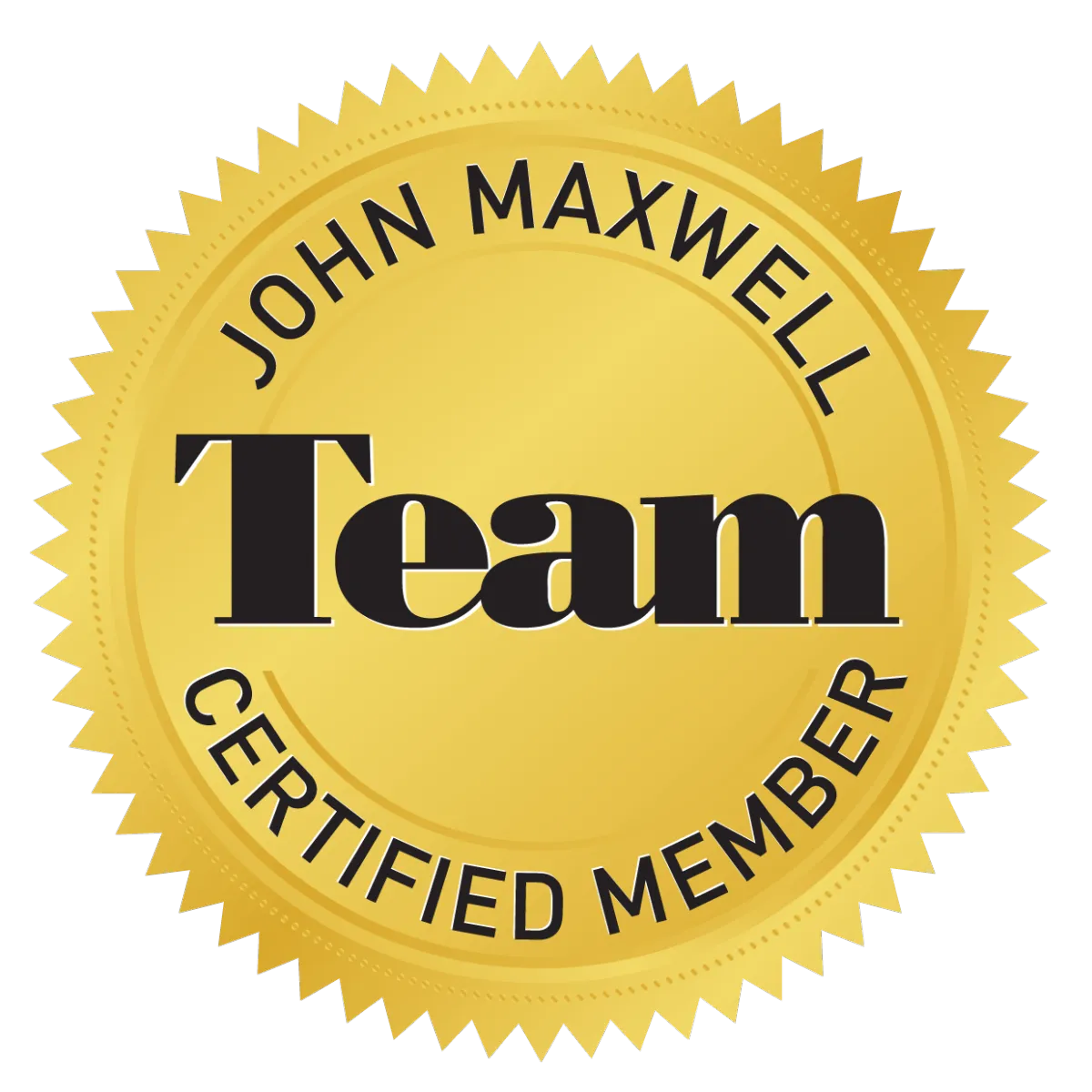

Innovative Marketing Agency
We Design, Build, & Optimize Campaigns
Copyright © 2025 Innovative Marketing Agency LLC

